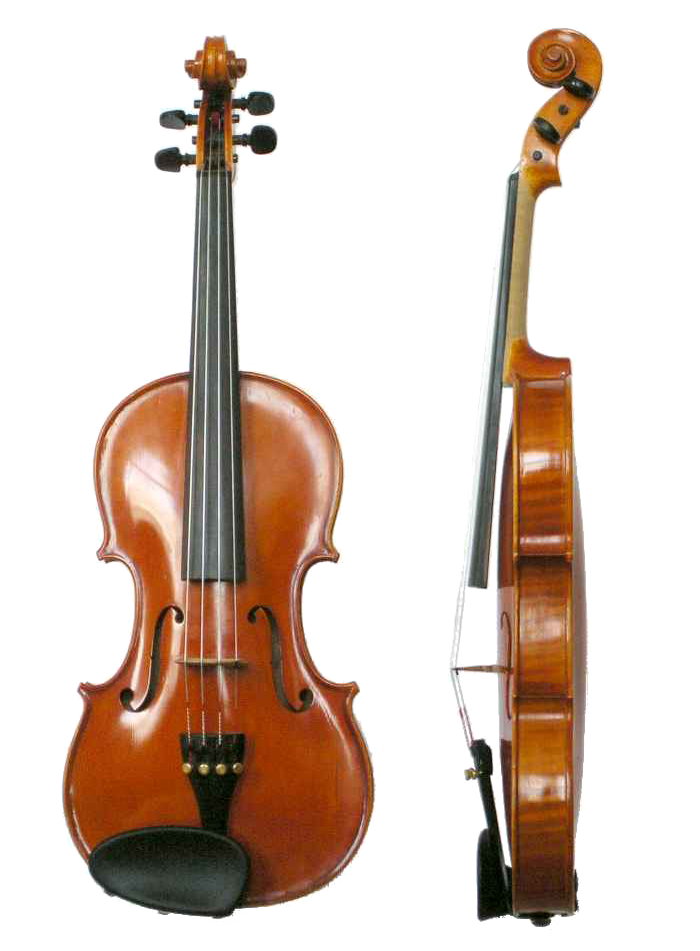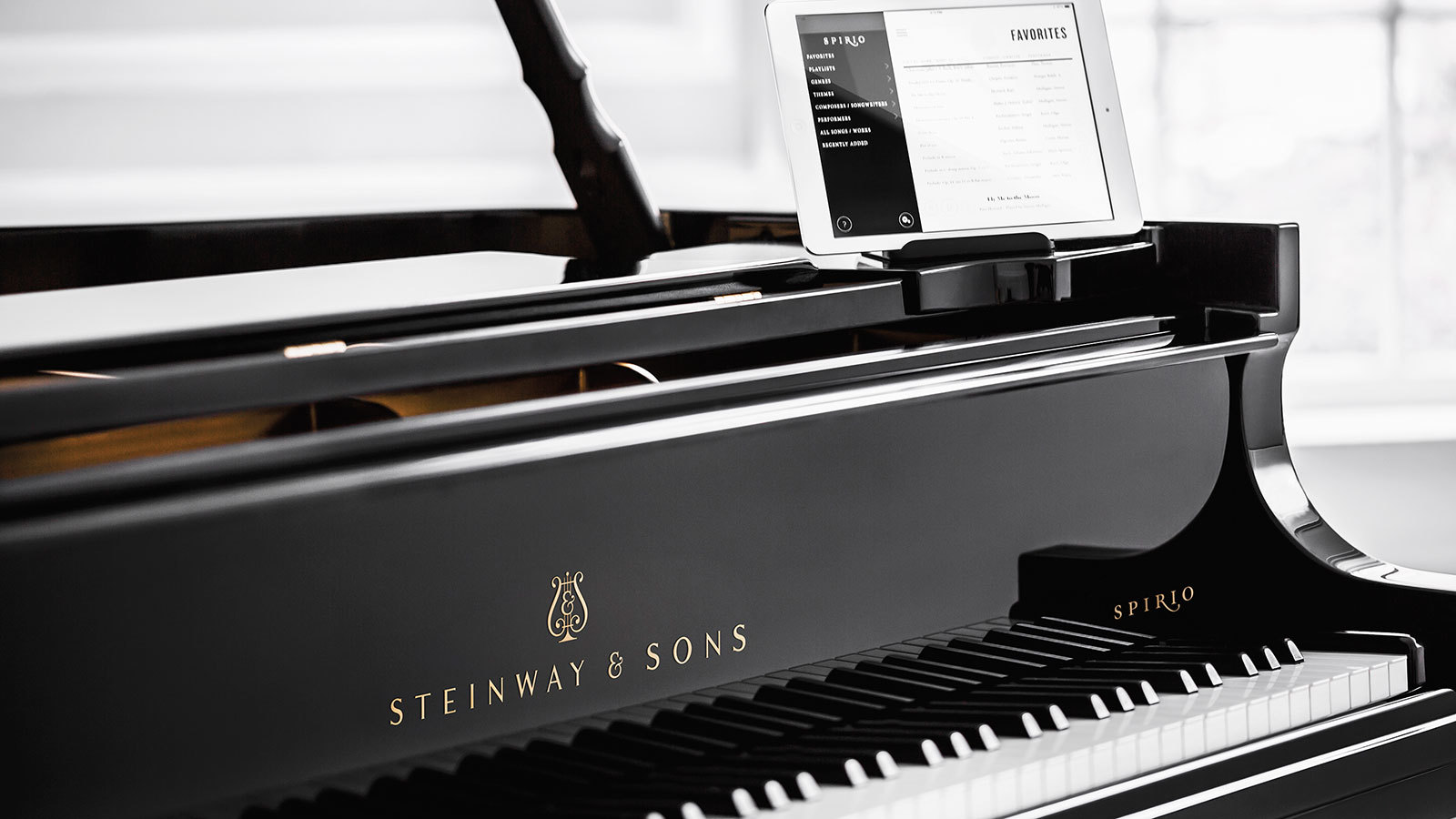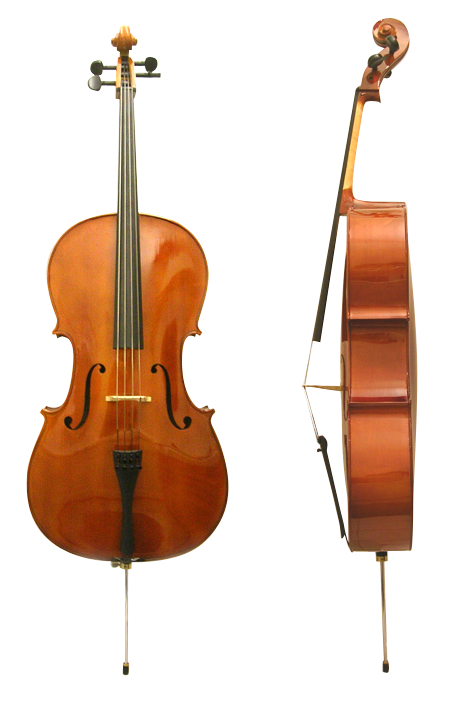
Violin, byname fiddle, bowed stringed musical instrument that evolved during the Renaissance from earlier bowed instruments: the medieval fiddle; its 16th-century Italian offshoot, the lira da braccio; and the rebec. The violin is probably the best known and most widely distributed musical instrument in the world.The violin was early recognized for its singing tone, especially in Italy, its birthplace, where the earliest makers—Gasparo da Salò, Andrea Amati, and Giovanni Paolo Maggini—had settled its average proportions before the end of the 16th century. During its history the violin has been subject to modifications that have progressively adapted it to its evolving musical functions. In general, the earlier violins are more deeply arched in the belly and back; the more modern, following the innovations of Antonio Stradivari, are shallower, yielding a more virile tone. In the 19th century, with the advent of large auditoriums and the violin virtuoso, the violin underwent its last changes in design. The bridge was heightened, the sound post and bass bar were thickened, and the body became flatter. The neck was angled back, giving greater pressure of the strings on the bridge. The result was a stronger, more brilliant tone in place of the delicate, intimate tone of the violin of the 18th century.

Piano, also called pianoforte, French piano or pianoforte, German Klavier, a keyboard musical instrument having wire strings that sound when struck by felt-covered hammers operated from a keyboard. The standard modern piano contains 88 keys and has a compass of seven full octaves plus a few keys.The vibration of the strings is transmitted to a soundboard by means of a bridge over which the strings are stretched; the soundboard amplifies the sound and affects its tone quality. The hammers that strike the strings are affixed to a mechanism resting on the far ends of the keys; hammer and mechanism compose the “action.” The function of the mechanism is to accelerate the motion of the hammer, catch it as it rebounds from the strings, and hold it in position for the next attack. Modern hammers are covered with felt; earlier, leather was used. The modern piano has a cast-iron frame capable of withstanding the tremendous tension of the strings; early pianos had wood frames and thus could only be lightly strung. Modern pianos are therefore much louder than were those of the 18th century, an increase in loudness necessitated in part by the size of 19th-century concert halls. Of the three pedals found on most pianos, the damper pedal on the right lifts all the felt dampers above the strings, allowing them all to vibrate freely; the left pedal shifts the keyboard and action sideways to enable the hammer to strike only one of the two or three unison strings of each tenor and treble key (the bass notes are only single-strung); and the middle pedal (generally available on grand pianos but also found on some upright pianos) usually holds up the dampers only of those keys depressed when the pedal is depressed.

Cello, also called violoncello, French violoncelle, German cello or violoncello, bass musical instrument of the violin group, with four strings, pitched C–G–D–A upward from two octaves below middle C. The cello, about 27.5 inches (70 cm) long (47 inches [119 cm] with the neck), has proportionally deeper ribs and a shorter neck than the violin. Considered by many to be the closest sounding instrument to the human voice, the cello (sometimes called the violincello), has been around for more than 450 years. Bach, Beethoven, Haydn, Prokofiev, and many other celebrated composers have written cello music, from solo pieces to orchestral arrangements. Due to its rich tones, the cello is also used in popular music. Long ago in the 1500, they had these instruments. The strings were made out of sheep and goat guts. Most are used for classical music use, but some, these days, use it for rock and different genres of music.
